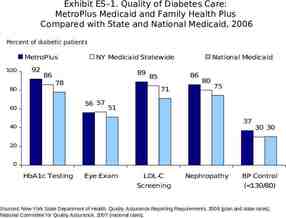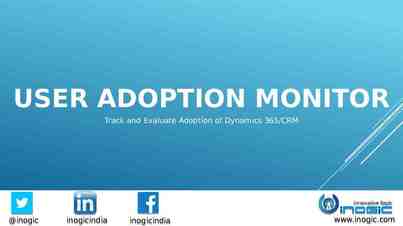Endeavors in Transportation Health Impact Assessment LCDR Joseph
16 Slides2.77 MB
Endeavors in Transportation Health Impact Assessment LCDR Joseph Ralph, MPH, CHES Healthy Community Design Initiative June 2015 National Center for Environmental Health Healthy Community Design Initiative
Healthy Community Design Initiative (HCDI): Prevent disease and injury by creating environments that provide the opportunity to safely walk, bicycle, or use public transit. Public health surveillance and translation Education Strategic partnerships HIA practice support Targeted research and evaluation
Transportation and Health Opportunities Increase physical activity Reduce injuries Reduce air pollution exposure Improve access Reduce health disparities
Opportunities for Including Health in Transportation Projects Checklist Modeling Health Impact Assessment (HIA) – rapid to comprehensive Long range planning Health sector participation Surveys HIA Health goal setting Implementation Project selection criteria Performance measures or evaluation criteria
Health Impact Assessments Health Impact Assessment (HIA) HIA is a systematic process that uses an array of data sources and analytic methods and considers input from stakeholders to determine the potential effects of a proposed policy, plan, program, or project on the health of a population and the distribution of those effects within the population. HIA provides recommendations on monitoring and managing those effects. - National Research Council, 2011 Steps Screening Scoping Risk Assessment Recommendations Reporting Evaluation
Grantee Locations
Logic Model **Measured
Impacts 54 completed HIAs impacted an estimated 4.4 million people. Completed 56 trainings that impacted 32 states and for over 1796 professionals Created over 120 strategic partnerships Developed key tools and resources including: New methodology for examining the impact of changes on urban corridor speed Geo-database of Social Determinants of Health indicators Healthy Community Design Toolkit
Transportation HIAs Completed 22 HIAs on transportation decisions including: Specific facilities Corridor plans Street design Transit oriented development (TOD)
Example Individual HIA Success Stories Faster implementation of project Road diet, Douglas County, NE HIA used to obtain implementation funding Bicycle and pedestrian plan, Crook County, OR Prioritization of projects include health consideration Active transportation plan, Davidson, NC
Common Practices Trainings targeting specific HIAs Continued monitoring of initial HIAs Exploration of quantitative assessment methods Links to other public health programs
Smaller Scale Improve access to data and research findings Examine project impacts using HIA and provide recommendations Transportation and land-use changes supporting health Impact: 54 HIAs completed through cooperative agreement impacting 4.4M people Legend: Dark blue completed in at least one place. Light blue in progress. Grey not yet started. Green outcome
Medium Scale Modify regional surveys and identify other data to provide inputs to transportation and health models Model different scenarios to provide estimates of health impact Transportation and land-use changes supporting health Impact: Increase from 3% to 70% of projects selected for construction contained bicycling or pedestrian infrastructure. Legend: Dark blue completed in at least one place. Light blue in progress. Grey not yet started. Green outcome
Larger Scale Help national data align with health and transportation decision-making Use experience with models and HIAs to develop options for analysis supported by new national data Transportation and land-use changes supporting health Impact: Over 25 million people live in places with new transportation policies informed by Bicycling and Walking in the United States Benchmarking Report. Legend: Dark blue completed. Light blue in progress. Grey not yet started. Green outcome
Thank You LCDR Joseph Ralph, MPH, CHES [email protected] For more information please contact Centers for Disease Control and Prevention 1600 Clifton Road NE, Atlanta, GA 30333 Telephone, 1-800-CDC-INFO (232-4636)/TTY: 1-888-232-6348 E-mail: [email protected] Web: www.cdc.gov The findings and conclusions in this report are those of the authors and do not necessarily represent the official position of the Centers for Disease Control and Prevention. National Center for Environmental Health Division of Emergency and Environmental Health Services





















